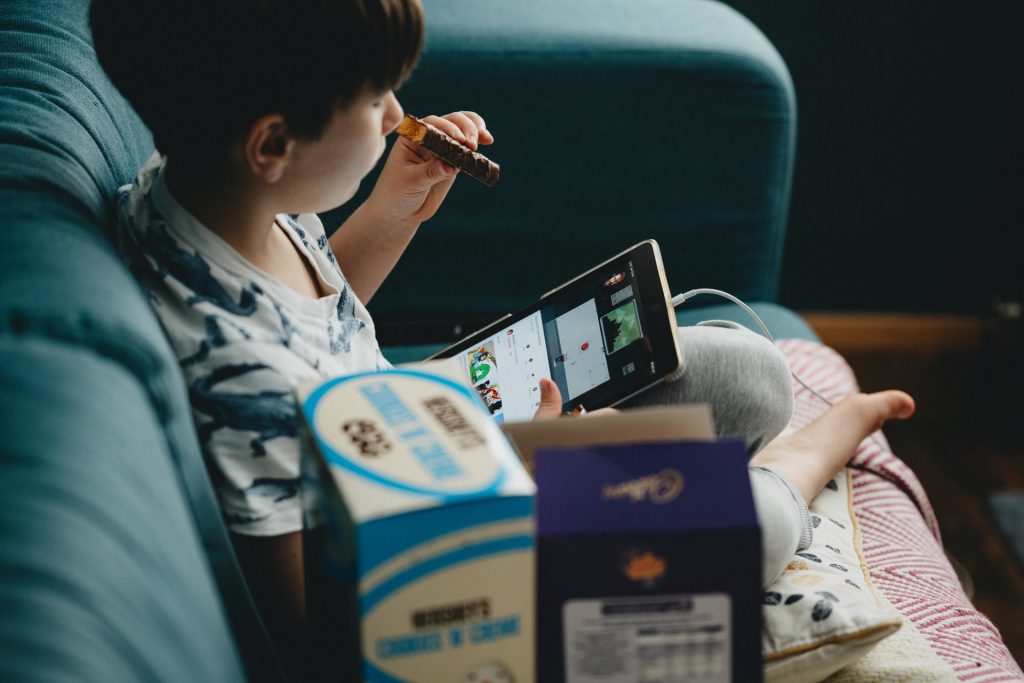Are you looking for ways to support students who are chronically unhappy? If so, keep reading.
1. Provide consistent interactions (e.g., do not give extra attention when the student is demonstrating facial expressions of displeasure).
2. Make sure that reinforcement is not provided when the student does not smile, laugh, or demonstrate happiness (e.g., paying attention to the student only when they show unhappiness).
3. Connect with parents, agencies, or appropriate parties to tell them about the problem, identify the cause of the problem, and discuss potential solutions to the problem.
4. Converse with the student to explain (a) that you recognize they are unhappy and (b) appropriate ways to deal with unhappiness.
5. Show the student that feelings of unhappiness are natural, but there is an appropriate duration of time for public display of that emotion.
6. Teach the student alternative ways to express unhappiness (e.g., in writing, by talking, etc.).
7. Take the student away from the learning experience until they can be more positive.
8. Ask the student why they frown, scowl, or look unhappy during typical classroom situations. The student may have the most accurate perception.
9. Do not punish the student for not participating in classroom learning activities.
10. Do not force the student to interact with individuals with whom they are not entirely comfortable.
11. Always treat the student with the utmost respect. Talk objectively at all times.
12. Do not embarrass the student by giving them orders, requirements, etc., in front of others.
13. Make positive remarks about participating in school and special learning activities.
14. Get a peer (e.g., a close friend) to escort the student to those learning activities in which they do not want to participate. As the student shows success, slowly decrease the duration of time the peer stays with the student.
15. Take into account those learning activities in which the student does not want to participate. If something unpleasant is causing the student to not participate, do all you can to eliminate or lessen the cause.
16. Do not force the student to interact with others.
17. Consider using an adaptive behavior management app. Click here to view a list of apps that we recommend.
18. Click here to learn about six bonus strategies for challenging problem behaviors and mastering classroom management.
19. Consider using a socio-emotional learning app. Click here to view a list of apps that we recommend.
20. Consider using an emotional intelligence app. Click here to view a list of apps that we recommend.
21. Consider using a school counseling app. Click here to view a list of apps that we recommend.











